The Apple Watch Review
by Joshua Ho & Brandon Chester on July 20, 2015 8:00 AM EST- Posted in
- Wearables
- Apple
- Mobile
- Apple Watch
Apple Pay
I normally don’t cover mobile payment solutions, but in the case of the Apple Watch I suspect this is the fastest way for anyone not using an iPhone 6/6 Plus to get Apple Pay access. Although I’ve never written anything about Apple Pay on the iPhone 6, in my experiences it’s probably the best solution around when it comes to easy payment due to the NFC boosting that makes the iPhone 6 send and receive NFC with no real orientation dependence and TouchID payment authentication. Coming into this review, the real question for me is whether Apple Watch could have the same seamless experience.
To try and figure out the answer to that question, there are really a few elements to the payment experience that have to be figured out. The first is authentication, which can easily be the biggest downfall in the experience. To this end, Apple has figured out a pretty smart system of wrist detection combined with a PIN code which ends up making for a pretty seamless experience. At the start of the day, you input your passcode when you put on the watch, and any time the watch is removed you have to input the passcode again or else pretty much everything (including Apple Pay) is locked out. If you lose your watch, no one can access the payment component without your PIN.
This effectively means that when you’re paying for something with the watch, all you have to do is double-tap the side button to activate Apple Pay. I’m not sure why it’s strictly necessary for NFC to be off unless the user activates it, but it’s likely that even the standby power of NFC would be significant with the battery of the Apple Watch.
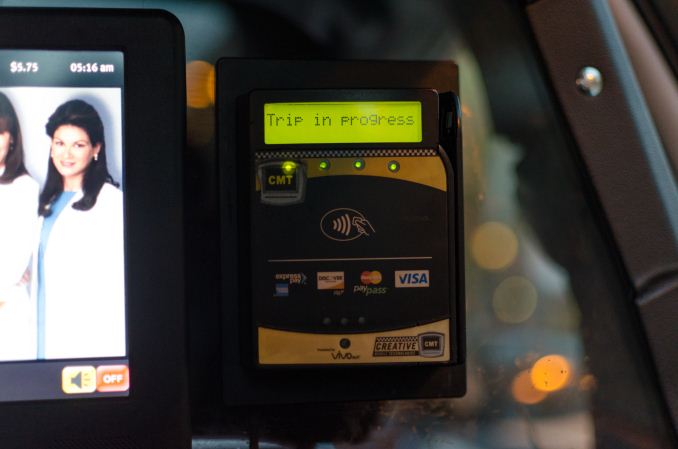
This payment terminal was at head-level in the back of a taxi
The second potential roadblock is ease of use with payment terminals. To this end, the RF component is actually without issue. I didn’t find myself particularly constrained in terms of distance or orientation of the watch to interface with readers. However, I think the problem with payments on the Apple Watch is that in some cases readers are just placed in positions that require some really odd contortions to get the watch to the reader, regardless of whether the NFC RF subsystem is well-designed. Anything at chest or waist level was usually without problems, but I noticed that readers mounted at head-level were remarkably difficult to use with Apple Watch. Other issues like setup for card payments were really without issue, and I suspect most people won’t have any problems setting up their watch for Apple Pay.
Ultimately, while Apple Watch will work just as well as an iPhone 6 for payments, the real downfall here is mostly a problem of physiology. While in some cases using the watch for payments is a natural gesture, there are a number of edge cases that require a lot of contortion to get the watch to the payment terminal. If you don’t have an iPhone 6/6 Plus and you want to use Apple Pay, Apple Watch is probably the best way of getting Apple Pay. However, I still think the smartphone is a better platform for payments for ergonomic reasons.
WatchOS Final Words
The Apple Watch has a completely new OS, which warrants some especially close scrutiny of the OS as any early design decisions made have a tendency to snowball in terms of momentum, so it’s almost impossible to make some changes once applications are widely using shared libraries and APIs that are expected to work in a temporally consistent manner. To recap for those that don’t want to read everything previously discussed, there are a few areas that are worth examining in WatchOS, namely the watch functionality itself, notification handling, glances, apps, communication, fitness, and Apple Pay.
The watch functionality is solid, and Apple has created a number of compelling, useful, and deeply customizable watchfaces. The use of Force Touch and digital crown here makes a lot of sense when it comes to training the user for the rest of the UI, and the ease of use in customizing the watchface is truly great. There is the issue of no public API for watchfaces, but I suspect that this will come with time as it’s important to ensure that such an API is properly designed for long term support. Glances are well-executed and a useful feature, but I don’t really get the point of integrating heart rate monitoring into a glance or similar cases of app information as anything important to me ends up as a complication on the watchface. In practice, I think glances are best thought of as quick settings toggles rather than sources of glanceable information. To this end, the ability to turn on power reserve mode, toggle airplane mode, silent mode, do not disturb mode, and ringing the paired iPhone, and other controls like music playback control are definitely welcome and make a lot of sense.
When it comes to notification handling, once again I think Apple has done an effective job from a UI perspective as the notification shade uses familiar constructs from iOS/Android and the use of Force Touch to dismiss all notifications is a nice touch. However, I do have issues with how multiple simultaneous notifications are handled, which should be converted into a list view of all notifications rather than a single notification that indicates there are multiple notifications from the same application. Other than this, I think Apple has done a solid job with all the necessary features (do not disturb, actionable notifications, dismiss all, smooth UI). From a broader UX perspective the Taptic Engine is good enough to be worthy of a separate discussion, but within the context of notifications it works well.
Apps are ultimately what make a platform, because at the end of the day the reason why people use any general purpose computer is because of the apps that it can run. To this end, there’s currently a huge division in quality and functionality between first-party and third-party apps. Apple’s applications are executed well, with pretty much all the functionality that makes sense and great design. I never really had any frustrating moments with Apple’s apps on the watch. For any kind of input, there was always the ability to use Apple keyboard predictions or Siri voice input, which covered just about every case in which I wanted to input some kind of text in reply.
However, the same can’t be said of third-party apps. Probably the best example of this is Uber, which is literally just a button to request a pick-up with no other options when I can easily imagine a UI leveraging the digital crown to precisely indicate pickup, and swipes or Force Touch to select the type of Uber I want to use. This kind of UI is simple, but arguably too simple for a watch with as many UI tools as Apple Watch. I’m not sure that “native apps” will necessarily fix everything here, but native apps combined with developer experience and more powerful hardware will probably deal with most of the complaints I have about third party apps for WatchOS 2.
Communication is really a part of apps, but deserves specific mention because it’s such a critical task of the Apple Watch. To that end, there are really three key native apps that fall under this category. These are the phone, messages, and email application. All of these are well-executed, and in practice the user experience around all of these is pretty much painless. One could argue that email is missing some functionality, but for at a glance email viewing it works pretty much as it should. Fitness falls under a similar category in the sense that it’s a subset of the apps category, but if nothing else, Apple has made a great fitness tracking application when it comes to information presented, design, and ease of use. Apple Pay is also well-implemented in terms of ease of use, but there’s a fundamental issue with ergonomics that prevents Apple Pay on the watch from being as great as it is on the iPhone.
Overall, I think Apple has created an OS that is forward-looking and fully capable of supporting future iterations of Apple Watch without too much trouble, although many details will change as time goes on. However, for early adopters I suspect there will be some objection to performance. As one might be able to guess from our S1 CPU analysis, the S1 SiP is not going to be able to come close to a modern smartphone for performance, which means that even basic UI tasks can be a bit of a struggle with visibly-dropped frames when scrolling and swiping through some parts of the UI like the fitness app. There’s also the issue of app load times, but I suspect this will disappear with the inevitable advance of Moore’s law and native apps can load almost instantly in some cases.
Currently, third-party apps are lacking either from the lack of native app support or from general unfamiliarity of design principles for the watch. Probably the only real criticism I have for the OS overall is that there’s currently a distinct lack of watch independence, as if I set the iPhone to airplane mode but keep the watch able to connect to the internet applications like weather are unable to download anything even though it should be able to connect to my home router and download this kind of information anyways. Given the number of constraints that come with the wearable form factor, WatchOS is probably one of the best OSes out there for wearables.


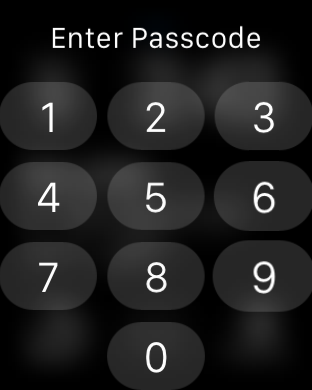
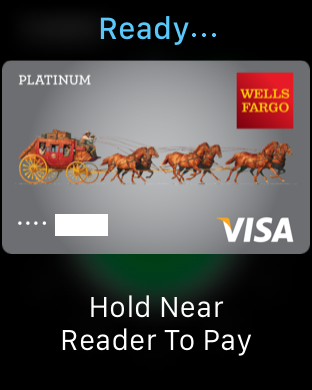
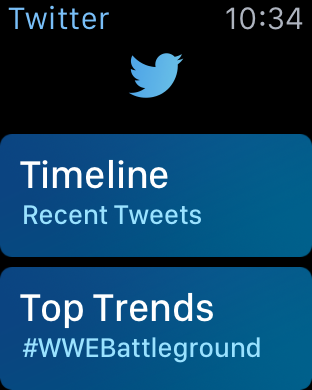
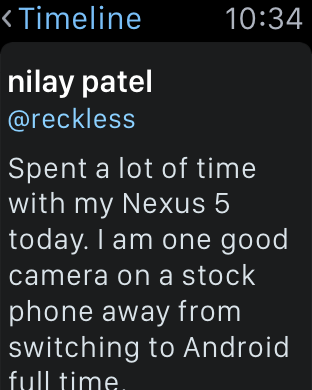
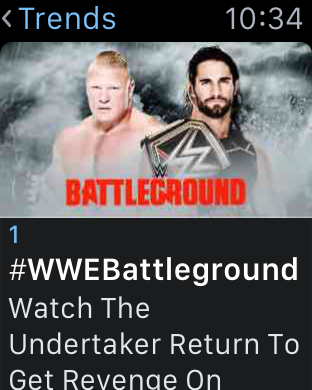
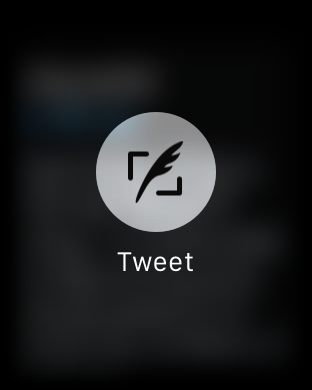
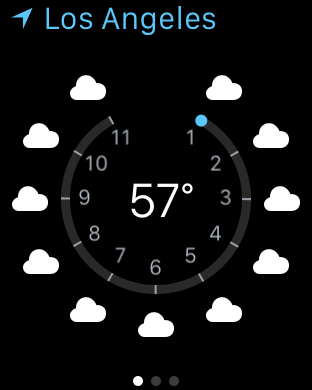
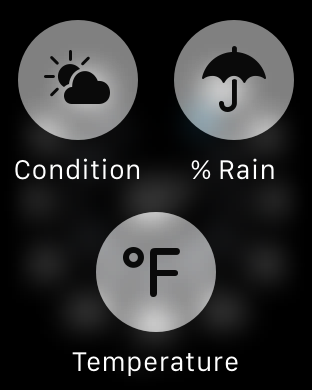


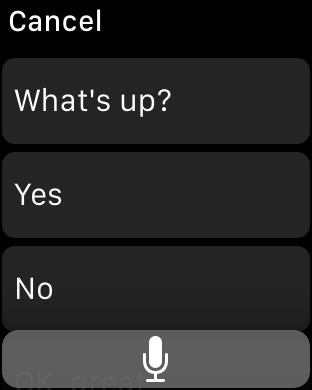
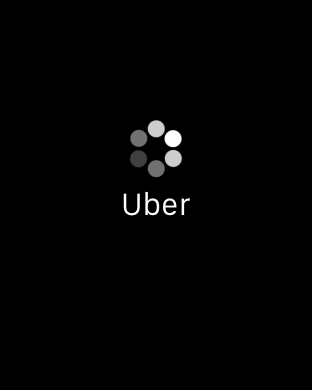


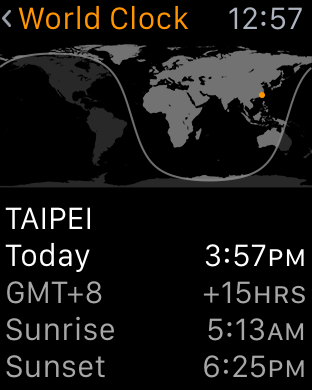

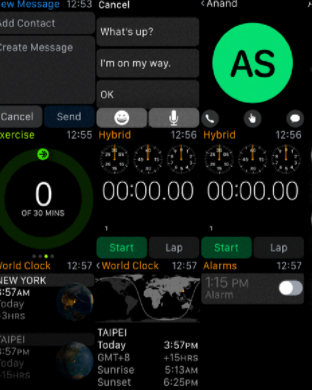
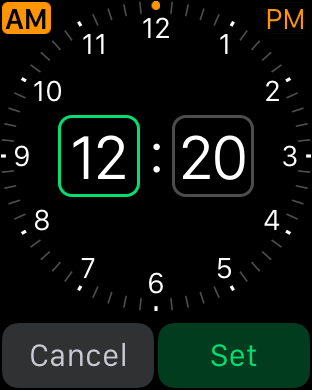
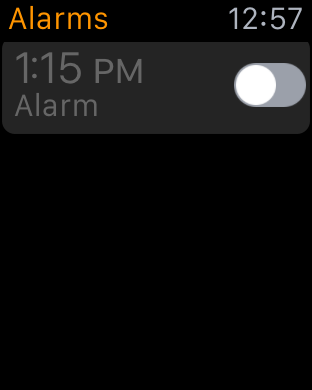








270 Comments
View All Comments
tipoo - Monday, July 20, 2015 - link
Please don't do that.cknobman - Monday, July 20, 2015 - link
WOW Anand very disappointed.First Apple watch has been largely a market failure so far. Outside of initial orders sales have been poor.
Second your review is definitely tinted in "Rose colored" apple glasses.
The design is bulky, thick, and look absolutely stupid on a wrist. Even owners of it will admit its too big.
The UI interface sucks and the using the wheel to scroll thorough dozens of tiny circles on screen is retarded and not user friendly.
You fail to mention the watch practically does d!ck without the phone which makes it pointless. The freaking $400 Apple watch cannot fulfill the same level of functionality that a fitbit can unless its tethered to a damn iPhone.
That reminds me the watch only works with iPhones!!
The battery life is terrible.
It TOO EXPENSIVE.
Yeah greeeeeeeeeeeeeeeeeeeeeeeeeeeeeeeaaaaaaaaaaaaaat device though! ;)
ViewRoyal - Monday, July 20, 2015 - link
Yup, you are right. No one has bought the Apple Watch. Everyone hates it. Apple is DOOOOOOOMED!(And now, let's hear from someone who is rational and in tune with reality ;-))
sonny73n - Monday, July 20, 2015 - link
I have a few watches and some of which I'll probably never wear them again because I prefer my favorite ones. Let's not talk about Rolex, instead take one from my bunch - a Movado that I paid $2200 around 15 years ago. Surely it had cost me a lot more than the $400 Apple watch but its value today is not much different from 15 years ago. Carbide band and housing, sapphire glass - a fine and stylish quality time piece unlike the Apple watch which will be obsolete soon in a few years. Apple watch may be a good watch NOW but for $400, it's very unattractive not to mention I'll probably feel like an idiot right after I pay for it.Some people just doesn't understand that it's not about the price, it's about the value of the product they're paying for. If people keeps paying high price for craps, them companies will continue making craps thinking they've produced masterpieces. Personally, I wouldn't pay more than $40 for this ugly ToyRUs looking watch. And NO, Apple isn't doomed but sale figures can certainly tell how good or bad the product they're selling. Feel free to support Apple if you like but I'll only support my wallet.
Zak - Monday, July 20, 2015 - link
A smartphone should not be compared to a phone and a smartwatch should not be compared to a watch. Even though I still can't see any use for a smartwatch... But comparing Apple watch to a Movado or Rolex is just silly, this is not what a smartwatch is meant to be.Kvaern2 - Monday, July 20, 2015 - link
I find Anatechs review to be a lot better than yours.DSN1138 - Monday, July 20, 2015 - link
the watch can actually do work outs/steps without the phone. The battery life on the watch is insane im usually at 70-80 % by the time I got to bed. Also you don't "use the wheel to scroll through dozens of tiny circles".... its a touch screen.. you scroll with you finger..davegraham - Monday, July 20, 2015 - link
meh...I have a 42mm version of the sport and will burn the battery in < a day in use. for now, it's a good notifier of things i need to do but otherwise, it's nothing special.sohrab - Monday, July 20, 2015 - link
May I ask what you do with your watch on a day to day basis that makes it so that you have no battery life left? I use mine from 7 am - 10-11 pm, most days with a workout recorded, and worst case scenario, I'm at 30% by the end of the day.Roguedog - Monday, July 20, 2015 - link
your experience is unusual, as most who respond to these articles report eod average battery remaining to be about 40-60%.... my day starts at 0500, ends around 1130 with typically 45% battery remaining, I sleep with it on, awake @ 0430 with about 40% remaining, charge about 35 minutes to 100% while showering and shaving. What's not to like!?